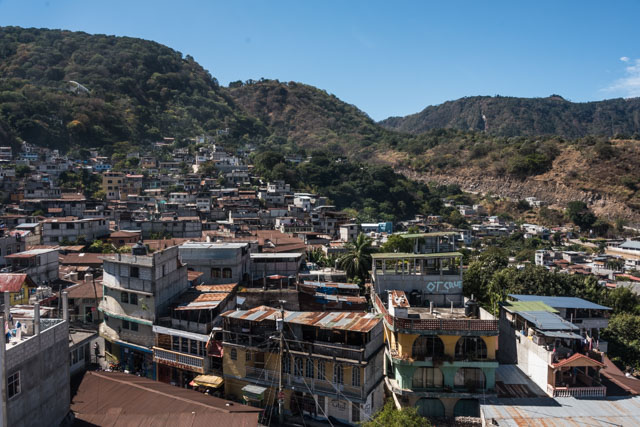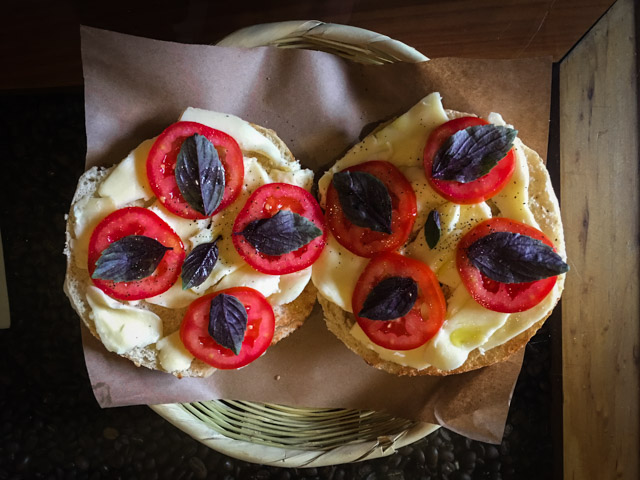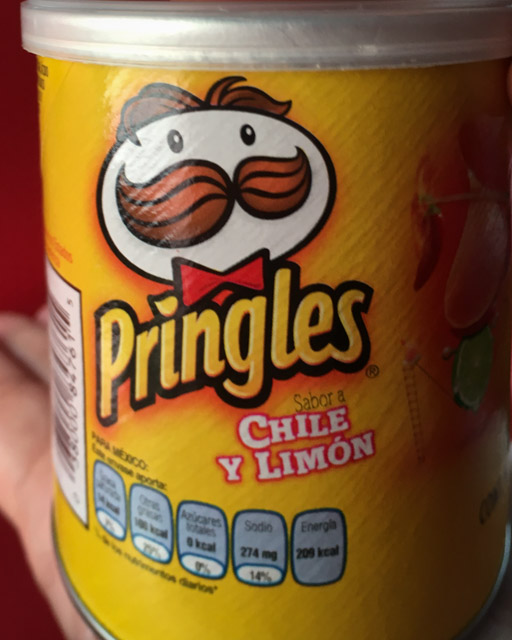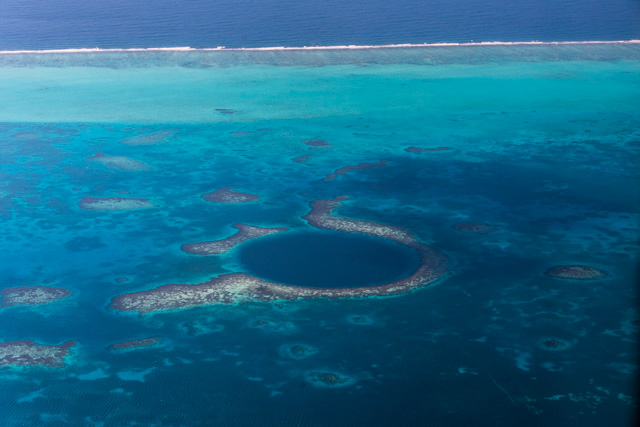














I still can’t decide whether Andy was having me on or not. He got up and had a shower, and told me I should have one, I’d feel better, and the water was hot. The water wasn’t hot.
Being high up in the village means that we were at the mercy of the high winds. Dogs barked continuously during the night, and cockerels crowed incessantly. Despite all this, we slept fairly well.
At 7am, we went up to the kitchen. Christiana was busy preparing our breakfast: omelettes, frijoles (black beans) and tortillas. Very welcome. All washed down with a cup of very sweet black coffee. Felipe, her husband, joined us. He is a fireman and starting at 8am, he was starting a 24 hour shift. We talked about the news (a lot of bad stuff happened in Guatemala City overnight). At 7.30am, we thanked them for their hospitality and got back to our meeting point.
Homestays are a good thing. How else can you genuinely experience another culture? We got to have dinner and breakfast with a Mayan family. And we talked a little about what is being done to preserve the culture. But my they’re awkward affairs!
On our way to Panajachel, we stopped at a viewpoint. The three volcanoes over the Atitlán lake are stunning.
After leaving our bags at the hotel (our room wasn’t yet ready), we walked to a recommended travel agent and asked for a tour of the three most important towns across the lake. He told us that today he could take us to three different towns, as there was too much wind over the lake which would make for a bumpy ride. Although we really wanted to go to ‘our’ three towns, we had no other options for the day so we said yes. Down at the jetty, he directed us to a boat and told us that it will take us to the towns we’re interested in. What happened there?
The ride over to the first town is indeed a little bumpy.
San Juan La Laguna is a very pretty town, with smart coffee shops and a women’s cooperative which sadly we didn’t have time to visit (we were only ashore for 40 mins). The town is renowned for its weaving.
I didn’t like our next town (San Pedro La Laguna) so much. It felt a little more trashy with many hostels and cheap looking restaurants (and not in a good way). Not surprisingly, there are many backpackers about. We climbed to the top of a church for an overview of the town and the lake. In another church, we witnessed a woman praying and kneeling her way to the altar, with another woman making her way back to the church entrance, praying and kneeling backwards.
Our third stop is where things got very interesting. Santiago Atitlán is the largest of the lake communities and here, the people are Tz’utujil Mayans (which means different colour outfits and a different language).
Upon landing, we got into a tuk tuk and followed Maja and her partner, a couple from San Francisco we got chatting to on the boat, as we were planning to visit the same places.
Our first stop was the Catholic Church, where we visited the shrine of the Roman Catholic Priest Stanley Rother who was assassinated by right-wing death squads on 28 July 1981. His crime was to fight for the rights of the indigenous population. He translated the New Testament into and held mass in Tz’utujil.
Santiago Atitlán is also the home to Maximón (mah-shee-mohn). To find him, our tuk tuk went deeper into narrow alleyways and stopped outside an even smaller pathway, which led us to someone’s house.
Maximón is believed to be a form of the pre-Columbian Maya god Mam, blended with influences from Spanish Catholicism. He moves home every year on 8 May (after Semana Santa) and we are told that his care is rotated amongst ten houses in town (he is looked after 24 hours a day).
From Wikipedia: “his shrine is always attended by two or more people, called Cofrades, who serve for a full year to care for him in the Cofradia and keep the altar and sacred items in order. Shamans come daily to do rituals on behalf of their clients.
The Cofrades also receive visitors, accept offerings which are used to maintain and enact the ancient customs, celebrations, and rituals. Worshipers offer money, spirits and cigars or cigarettes, candles, incense, and prayers to gain his favor in exchange for good health, good crops, and marriage counseling, amongst other favors. Maximon almost always has a lit cigarette or cigar in its mouth, and in some places, his mouth is formed to allow the attendants to give him spirits to drink. These offerings are a way of “feeding,” giving life, and gratitude to Mam.”
Yes, he smokes and drinks rum.
Our last stop was the Posada de Santiago where we had lunch. A recommendation from Maja’s partner as he had a connection with the owner. The food was very good and it’s a shame we were rushed but we needed to be back at the jetty for 2.15pm.
The ride back to Panajachel was indeed a bumpy one. Back in town, we checked out an art gallery and a photography museum. And I indulge in a spot of shopping.
Back in our rooms with a couple of beers. We need a good night sleep tonight.




















 7:00 REM
7:00 REM 8:00 Wilco
8:00 Wilco
 10:00 Belle and Sebastian
10:00 Belle and Sebastian 11:00 Floating Points
11:00 Floating Points
 13:00 Unknown Mortal Orchestra
13:00 Unknown Mortal Orchestra 14:00 Wolf Alice
14:00 Wolf Alice



































































































